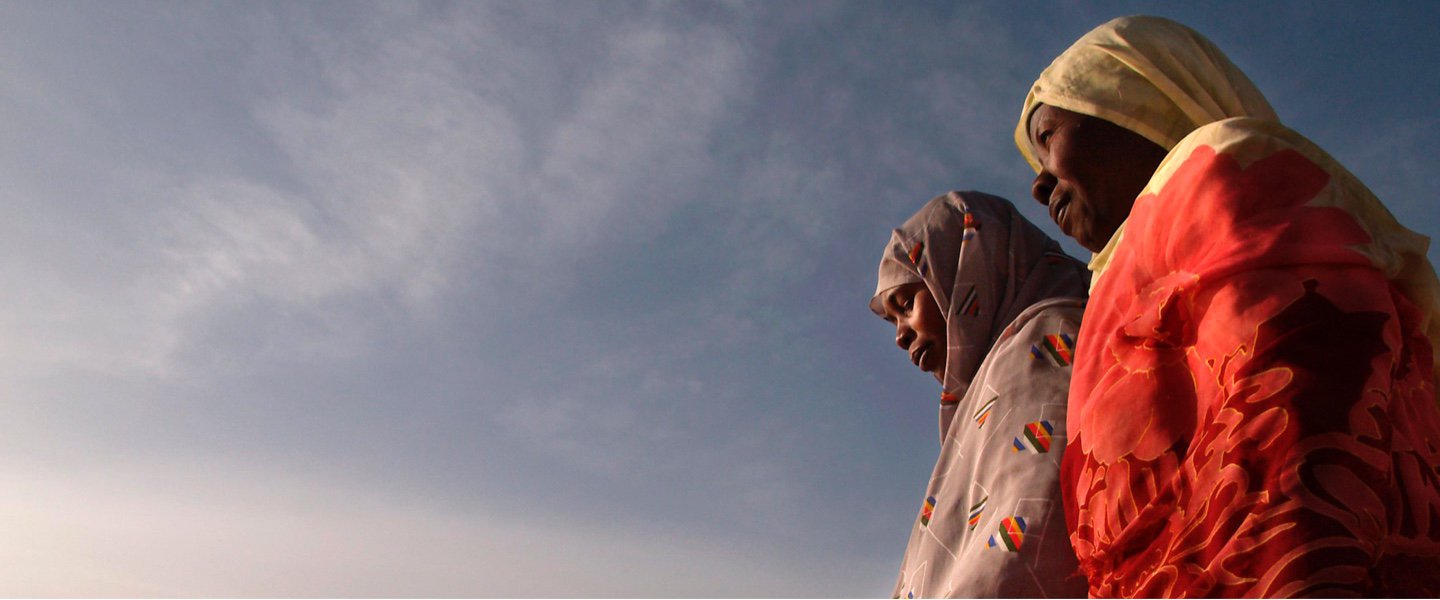Desde hace más de 50 años, la Asociación Internacional de Fomento (AIF), el fondo del Banco Mundial para los más pobres, asume las tareas más difíciles y complejas. Es una de las principales fuentes de asistencia para los 76 países más pobres del mundo. Los recursos de la AIF producen cambios positivos para los 1500 millones de personas que viven en los países clientes de la AIF. Desde 1960, la AIF ha respaldado actividades de desarrollo en 113 países. Descargue el ABC de la AIF en formato PDF
El mundo recurre a la AIF para aliviar grandes problemas, y la institución ofrece desde auxilio a países afectados por el ébola hasta tareas de reconstrucción en Afganistán y asistencia a países que enfrentan crecientes desastres relacionados con el clima. Ninguna otra institución internacional tiene el mandato, el conocimiento multisectorial y los recursos suficientes para dar respuesta a los complejos desafíos mundiales centrando la atención exclusivamente en los países más pobres del mundo.
La AIF es innovadora. Estamos ayudando a los países a prescindir de fuentes de energía tradicionales aprovechando la energía solar para iluminar los hogares y suministrar electricidad a las empresas, y a afrontar los efectos de los cambios ambientales, al tiempo que generan la capacidad de adaptarse inteligentemente al cambio climático en el largo plazo. Estamos trabajando para hallar nuevas formas de integrar, a la mujer y otros ciudadanos vulnerables, en la sociedad en condiciones de igualdad. Nuestra presencia es de largo aliento, ya que ayudamos a países que han padecido conflictos y otros desastres a tomar la senda de la estabilidad y el crecimiento.
Con la ayuda de la AIF, cientos de millones de personas han escapado de la pobreza, gracias a la creación de puestos de trabajo, el acceso al agua potable, escuelas, caminos, servicios de nutrición, electricidad y más.
Los recursos de la AIF se reponen cada tres años con contribuciones de donantes de países desarrollados y en desarrollo, así como de otros dos organismos del Grupo Banco Mundial: el Banco Internacional de Reconstrucción y Fomento, y la Corporación Financiera Internacional.
La AIF obtiene buenos resultados. Con la ayuda de la AIF, 35 países se han “graduado”. Su desarrollo económico implica que ya no dependen del apoyo de la AIF, y muchos de ellos se han convertido, incluso, en donantes de la Asociación. Ayudar a los países a fortalecer sus instituciones y su capacidad de ayudarse a sí mismos, y guiarlos para que puedan financiar su propio desarrollo es prioritario para la AIF.
Lo invitamos a conocer mejor los logros de la AIF a través de los resultados que se resumen en las páginas siguientes sobre cambio climático, cuestiones de género, fragilidad, conflicto y violencia, empleo y transformación económica y gobernanza e instituciones. Los países incluidos en este folleto son elegibles actualmente para recibir apoyo de la AIF. Para obtener más información, visite el siguiente sitio web: http://aif.bancomundial.org/about/pa-ses-prestatarios
agosto 2019


